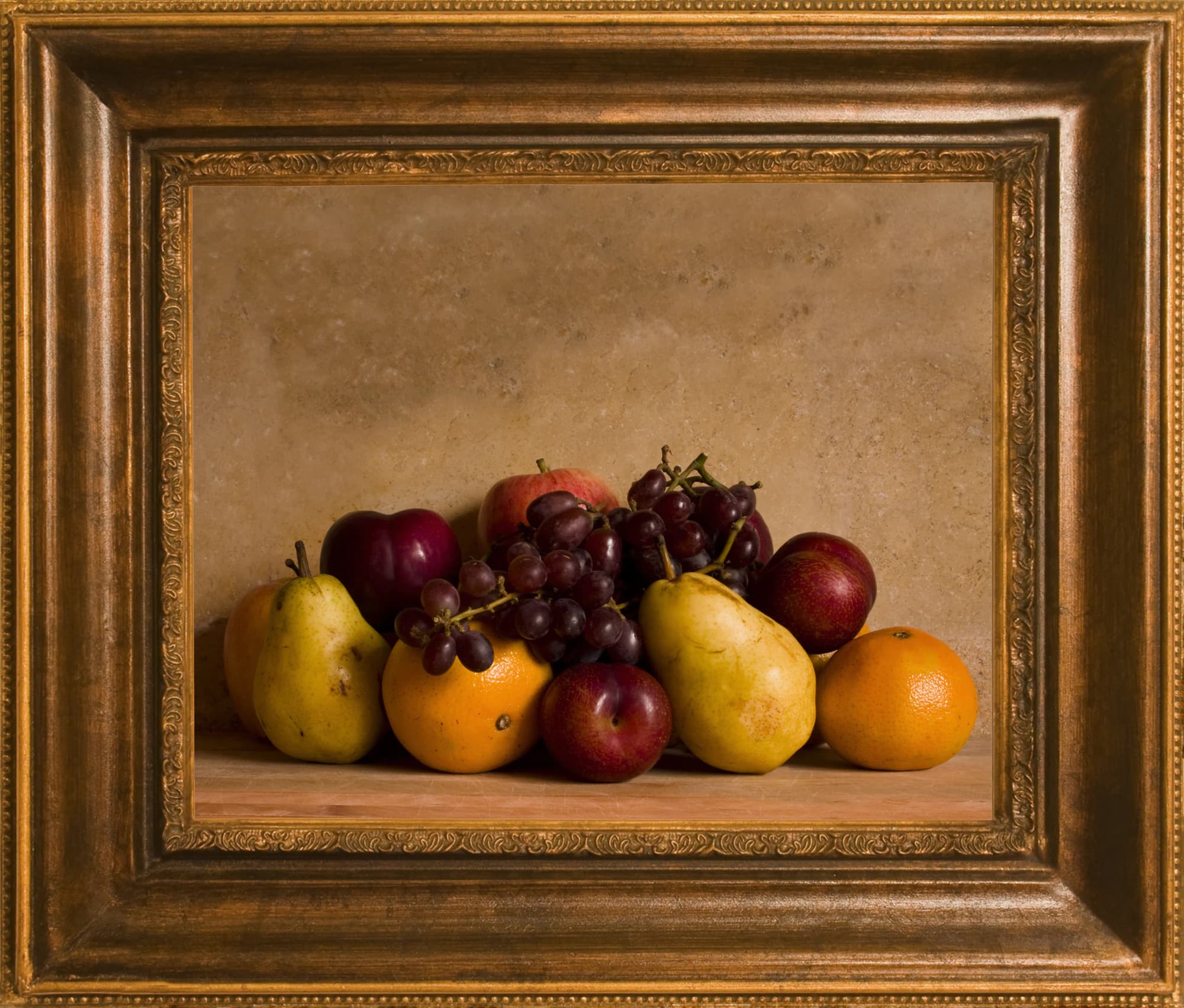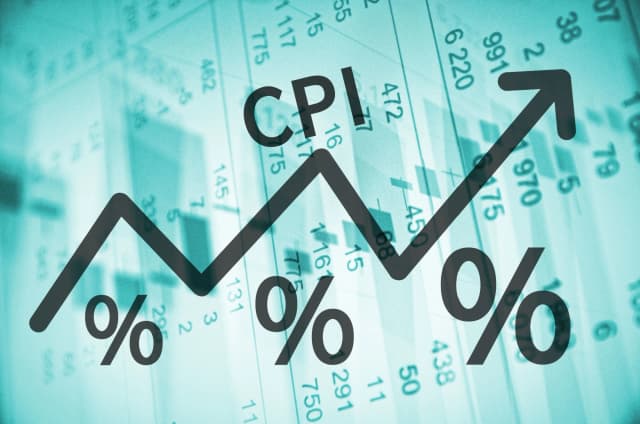Published on: 03/21/2023 • 5 min read
Is Investing in Art a Good Idea?

Is investing in art a good idea? Investing in art can be a good idea if you are looking for alternative investment vehicles and are prepared to take on the inherent risks involved.
However, it is important to remember that the art market can be volatile, so it is important to do your research and understand the risks before investing in any type of artwork. It is also important to make sure you are buying from reliable sources and verifying authenticity whenever possible.
Before investing in fine art, you should seek the advice of a high-net-worth financial planning firm. They can help you weigh the reasons to invest in art against the risks associated and attempt to help you answer the question “is investing in art a good idea for me?”
What makes art valuable?
Before discussing some of the primary risk factors associated with investing in art, let’s look at what factors influence the value of art.
- The reputation or popularity of the artist
- The rarity of the work
- The condition of the work
- Demand for the artist’s work
- The overall state of the art market
You can control, up to a point, the first few factors that determine the value of the asset, but you will never have control over shifting demand for an artist’s work or the overall state of the art market.
Art investment returns are always, therefore, imbued with an inherent amount of risk. If you choose to invest in fine art, you should do so with a full understanding of the risks involved, and ideally advice from experts in both the financial and art worlds.
How risky is investing in art?
Investing in art is a relatively risky prospect, there is no way around it. Some of the main inherent risks include:
- Lack of liquidity. Unlike many other assets, it can be difficult to sell a piece of art quickly, and it may take time to find a buyer willing to pay your desired price. This can make it difficult to access the funds tied up in a piece of artwork if you need to liquidate your assets quickly.
- Subjective, unpredictable value. Does art hold its value? The value of a piece of art is largely determined by market demand, which can be influenced by factors as intangible as changing tastes. It is also possible for an artist’s reputation to decline over time, which can lead to a decrease in the value of their work.
- Fraud and counterfeiting. Even buying from reputable sources with the ability to authenticate your work doesn’t totally protect you from fraud and counterfeiting. Many have spent millions on a Picasso, Modigliani, or Matisse that were really an Elmyr de Hory.
The excitement that surrounds investing in fine art is heavily tied to the risk involved, as well as the possibility of high returns on a luxury asset. While art certainly isn’t the safest retirement investment, it can, however, be a fantastic alternative investment strategy to complement other investments in the portfolios of high-net-worth art lovers.
Reasons to invest in art
Along with other alternative investment strategies such as investing in commodities, managed futures, and real estate, investing in fine art can be a way to bring balance to your portfolio. Here are some of the main reasons why some people invest in art:
- Diversification. One of the primary benefits of investing in art is that it has the potential to provide diversification in your investment portfolio.
- Non-correlated asset. Meaning that it doesn’t always move in the same direction as the stock market, and isn’t affected in the same way that other traditional investments would be. This can help to reduce overall portfolio risk.
- Appreciation. Although it is in no way guaranteed, art has the potential to appreciate in value over time.
- Tax benefits. Donating art to museums, like many charitable donations employed in high-net-worth tax strategies, may unlock tax benefits, deductions, and exemptions.
While there are plenty of reasons to get into the (sometimes risky) game of investing in fine art, there are also plenty of reasons why it might not be worth it.
What are the drawbacks of investing in art?
We’ve already discussed why investing in art might be risky, but aside from the risks inherent to hitching your wagon to the art world and the volatility therein, there are a few reasons why investing in art might not be worth the trouble, including:
- High transaction costs. Buying and selling art is not cheap, and usually involves auction fees, commissions, storage, and transportation costs. High one-time fees and compounding recurring fees might put potential buyers on the path toward other investments.
- Risks of damage or loss. Also inherent to the world of storing tangible assets is the risk of loss or damage. Whether by theft, accidents, or disasters, if your artwork is damaged then your asset is devalued.
- Cost and quality of insurance. Exemplary of the risk of loss and high costs associated with maintaining an art collection is the insurance problem. Insuring artwork is very expensive, and — because of the subjectivity of value — there is a high chance that a payout will not cover the true value of the asset.
Investing in art can often be high risk, high reward. High-net-worth art lovers interested in making a cultural contribution while making a sound investment might greatly enjoy investing in art, but we suggest that you make sure you have a financial advisor to put in place significant investment risk mitigation strategies before you start bidding.
Is investing in art a good idea?
With the help of expert financial advisors, a bit of tolerance for the risk, and an understanding of the market, art lovers can make meaningful investments — both culturally and monetarily.
Those interested in making an investment in art should first ensure that it is contributing to a balanced, diversified portfolio. Avidian Wealth Solutions offers investment management in Houston and Austin to high-net-worth individuals, families, executives, and entrepreneurs. If you’ve been itching to throw your hat in the ring on a Renoir or a Rothko, call a fiduciary financial professional first.
More Helpful Articles by Avidian:
- How To Survive Inflation as a Small Business
- What Does the Latest CPI Report Mean For Investors?
- Small Business Owner Retirement Strategies
- How Do I Protect My 401(k) From a Market Crash?
- How To Manage Multiple Income Streams
Please read important disclosures here
Get Avidian's free market report in your inbox
Continue reading:

Schedule a conversation
Curious about where you stand today? Schedule a meeting with our team and put your portfolio to the test.*


